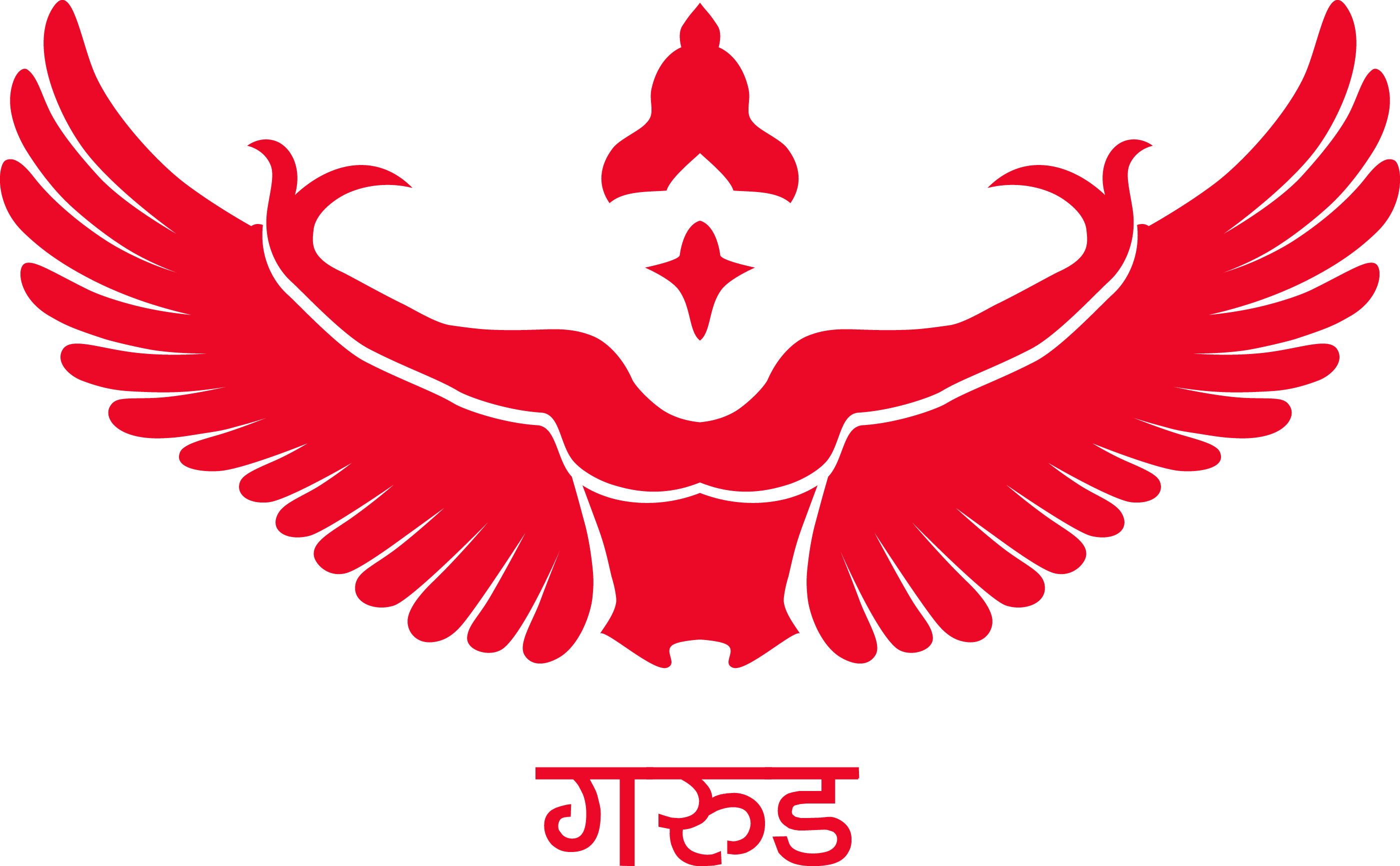Pic: Bronze idol and painting are the author’s possessions
In memory of Thirukartthiggai which occurred recently, essay inspired by a story in the Sivapuranam rendered as a lesson in iconography using the traditions of the shilpa shastras as described in Elements of Hindu Iconography by T.A Gopinatha Rao.
In the years yonder, an old bearded man, wearied by the weight of his knowledge and age sighed loudly. His three other heads concurred. What good was he if each of his sons preferred to dedicate their lives entirely to sadhana and meditation? How is he to even do justice to his role as the supreme creator and fill this universe with many beings if every child of his abandons samsara for sanyasa? He raises his eyes to the skies in surrender begging Shiva for an answer.
The divine form revealed himself as a flaming light against the vast darkness in space. It presented itself as an amalgamation of perfect halves of two different bifurcated entities. Brahma gazed in stupefaction, running his eyes from the top to the bottom wondering what this being was?
On its head, the right half was wild and careless, with coiled tresses rolled up in a jata makuta, an unruly knot secured tight with a restless snake glaring at the crescent moon beside it. The left half, is neatly parted and delicately coiffured into a karanda makuta glistening with bands of jeweled ornaments made with the best of gems unearthed from faraway places. The makara-kundala on the right ear, constantly wet by water flowing from the top of its head laughs haughtily at the coyness exhibited by the valika on the left ear. The half tilaka on the left half of the forehead concurs with the three white stripes of the tripundra on its right to open the inner portal, the ajna chakra, through the powers of iccha (will), kriya(action) and gyana (knowledge) Shakti.
The muscular solidity of the right torso screams strength and protection to its worshiper while the round, tender, well developed breast on the left promises the finality of a mothers love. Interleaving chains of skulls and rudraksha seeds and the naga-yajnopavita bedeck the austere torso of the right half, while the left delights in the luxurious adornment of golden necklaces and long haras that follow the curves of its owner. The right half wears the skin of a haughty musth elephant that was quelled into submission in its avatara as a Bhikshatana mendicant while the left enjoys the cascading softness of the richest silks as they descend down to the ankles. The three golden girdles or mekhalas that hold the silken fabric at the hip lovingly tugs at the sarpa mekhala (girdle of snakes) to their right as if seducing the wild beast into submission causing the hip to bend slightly to its left. The parasu or battle ax on the right arm adorned with a sarpa-valaya (snake armband) asks to briskly cut off the ties with the material world and engage in austerities, while the nilotpala or blue lotus on the left arm bedecked with many kankanas and keyuras begs a more gentler surrender. The color of ash smearing the right half bemoans the finiteness of life while the left urges you to make that life as sweet smelling as a paste of red sandalwood and saffron that it's coated with. The anklets binding the left feet, its underside lacquered by a red dye, bends the right leg into submission to share the glory equally with it causing the entire body to execute a perfect tribhanga (three bends).
Standing tall on the padma peetham (lotus pedestal), Siva as Ardhanareeshwara thus makes his appearance to Brahma in a prabha mandala of fire as if providing a solution to the latter’s dilemma.
In a commanding tone he says, “Your creation lacks the feminine half. Pray to Adi Shakthi, the primordial feminine energy in the universe and entreat her to manifest in your creation so it may once again proceed in briskness. The world is a perfect balance of the genders. None bigger, none better. The Purusha is one with Prakriti. Shakti is one with Siva.”
Brahma bows in mute wonderment.









Comments (0)